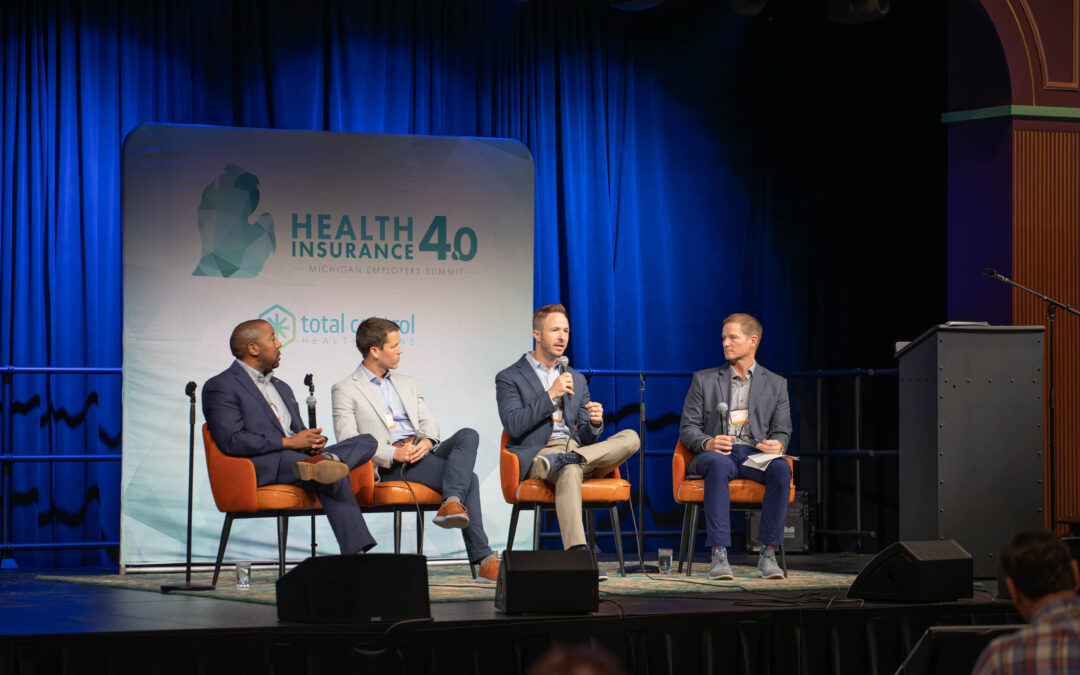A surge in federal government subsidies has led many people to drop their employer-sponsored health insurance and instead seek out coverage on government-run Affordable Care Act exchanges, according to a report by the Kaiser Family Foundation.
Subsidies, which were increased substantially by COVID-19 stimulus legislation, are so large for some who purchase coverage on exchanges that many of them can access ACA plans that cost just a few dollars a month, depending on their income, according to the report.
But the defectors are likely to return to their employer-sponsored health plans as the subsidies are set to expire at the end of 2022, which will likely make their employer-sponsored coverage more affordable. Only individuals who work for organizations that have fewer than 50 full-time workers have been able to make this switch and enjoy low premiums.
Individuals who work for employers that are large enough to qualify as “applicable large employers” are barred from jumping into the individual market as they do not qualify. They instead are required to sign up for their employer’s group health plan or forgo coverage altogether.
What’s happening
The American Rescue Plan, which took effect in 2021, expanded and increased tax credits available for purchasing coverage on federal- and- state-run exchanges through the end of 2022. Before that, the law limited eligibility for premium tax credits through the federal and state exchanges to households whose income is from 100% to 400% of the poverty level.
The stimulus bill removed that cap for 2021 and 2022, as well as limit the amount anyone pays in premiums to 8.5% of their income as calculated by the exchange. That means someone who made 450% of the poverty level would receive a premium tax credit that would reduce the premium they pay to 8.5% of their income. In those cases, the total tax credit runs into the thousands of dollars for the year.
The premium tax credit is based on factors that include income, age and the benchmark “silver” plan in a person’s geographic area. The amount they qualify for is basically advanced to them over the course of the year via reduced premiums. If they choose a bronze plan, they can greatly reduce their share of the premium.
These effects have been most pronounced for lower- to middle-income and single-income households.
However, the premium tax credit comes to an end on Dec. 31, 2022, and the premium tax credit regime reverts to the prior one.
How to handle next open enrollment
It’s advisable that you assess your health insurance enrollment and see if any of your staff dropped their group health coverage and signed up for individual coverage on the exchange. If you are an applicable large employer, that should not have happened for the reasons mentioned above.
If you are a smaller employer not subject to the ACA, you should reach out to any employees who signed up on an exchange and inform them about the impending premium tax credit changes. Advise them that reverting to the old premium tax credit rules is likely to result in their share of the premium increasing substantially.
Remind them that your annual open enrollment is their only chance to secure group health coverage and that they should review their marketplace coverage as early as possible. If they wait too long and miss your open enrollment deadline, they could be stuck with the more expensive marketplace coverage.


